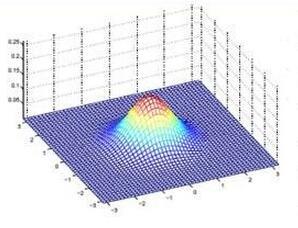Despite the popularity of factor models with sparse loading matrices, little attention has been given to formally address identifiability of these models beyond standard rotation-based identification such as the positive lower triangular (PLT) constraint. To fill this gap, we review the advantages of variance identification in sparse factor analysis and introduce the generalized lower triangular (GLT) structures. We show that the GLT assumption is an improvement over PLT without compromise: GLT is also unique but, unlike PLT, a non-restrictive assumption. Furthermore, we provide a simple counting rule for variance identification under GLT structures, and we demonstrate that within this model class the unknown number of common factors can be recovered in an exploratory factor analysis. Our methodology is illustrated for simulated data in the context of post-processing posterior draws in Bayesian sparse factor analysis.
翻译:尽管要素模型的普及程度低,但人们很少注意正式解决这些模型的可识别性问题,这些模型超出了标准轮换制的识别范围,例如积极的低三角(PLT)限制。为了填补这一空白,我们审查了在稀有要素分析中差异识别的优点,并采用了普遍较低的三角(GLT)结构。我们表明,GLT的假设与PLT相比是毫无妥协的改进:GLT也是独一无二的,但与PLT不同的是非限制性的假设。此外,我们为GLT结构中的差异识别提供了一个简单的计数规则。我们证明,在这个模型中,在探索性要素分析中可以回收未知的常见因素数量。我们用Bayesian稀有要素分析的处理后后后后后后后后后引引引力模拟数据的方法得到了说明。




